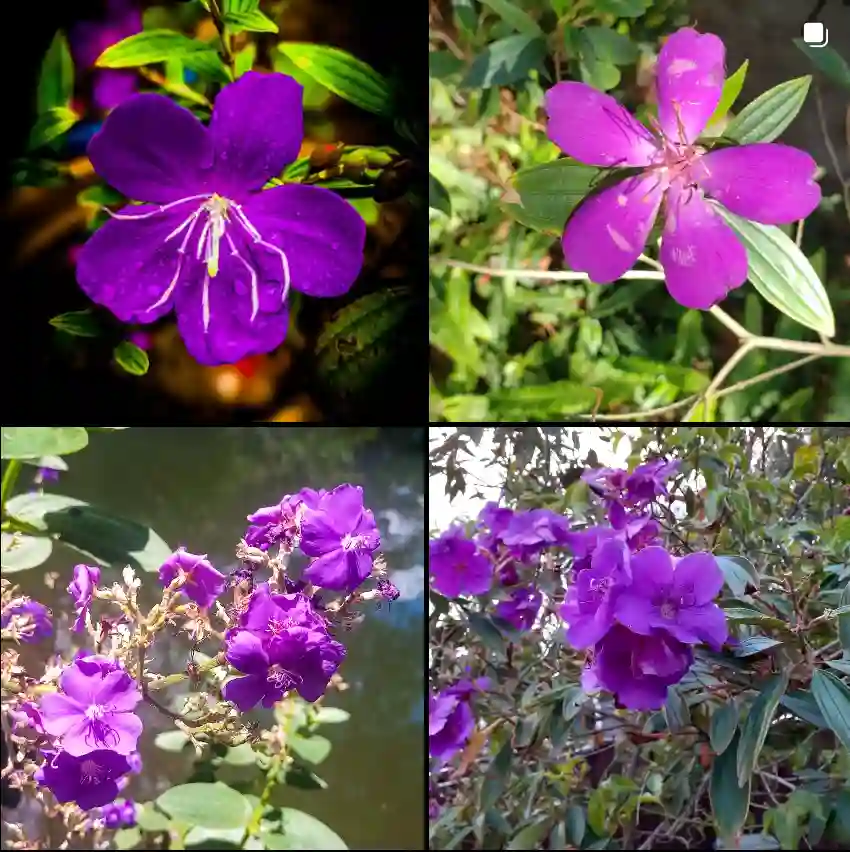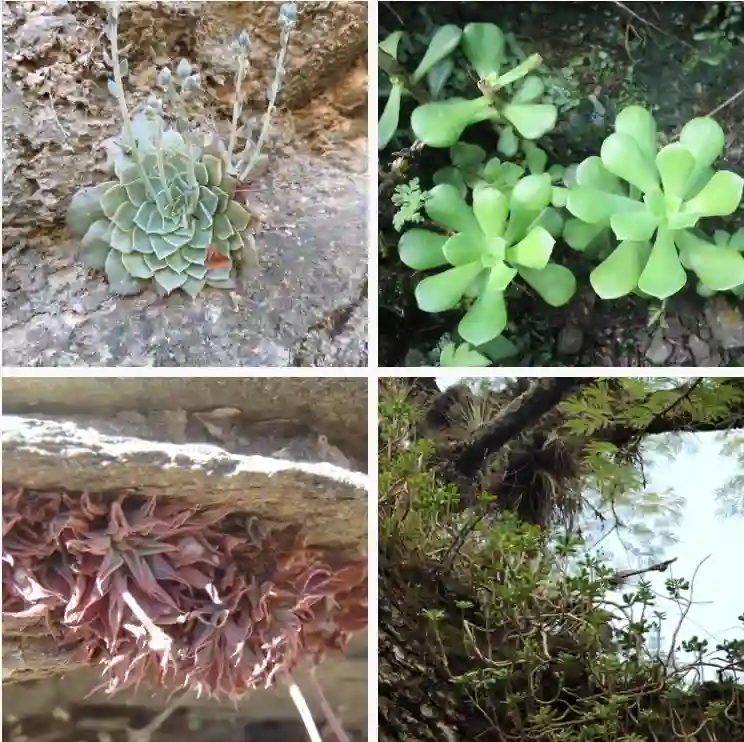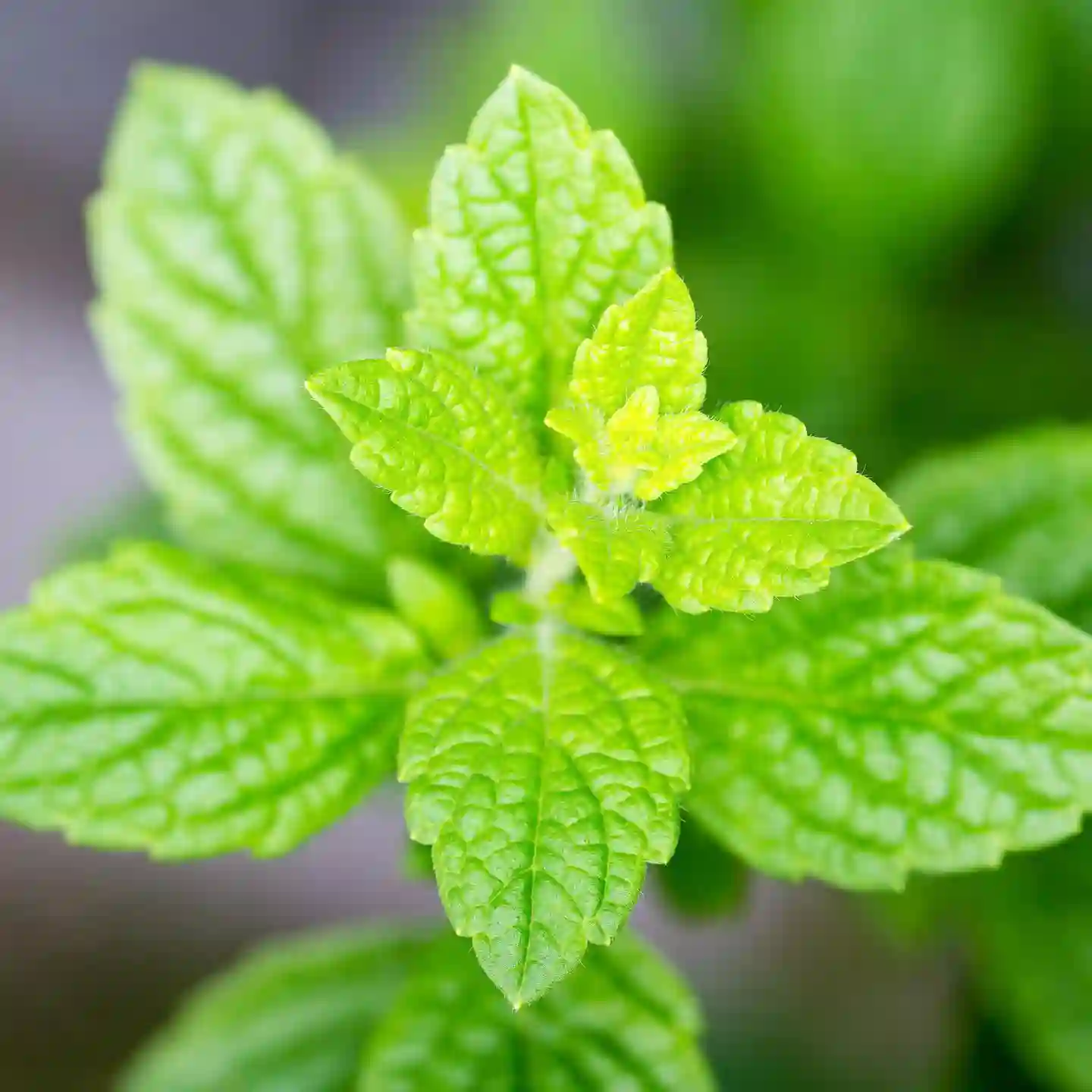FAQs About Aloe Nyeriensis
When I first encountered Aloe Nyeriensis, I was intrigued by its unique appearance and the potential it held for my garden. Over time, I’ve learned quite a bit about this fascinating plant, and I want to share some of the most frequently asked questions to help you get to know Aloe Nyeriensis better.
605 Species in Genus Aloe
What Is Aloe Nyeriensis?
Aloe Nyeriensis is a striking succulent native to Kenya. Its rosette of thick, fleshy leaves, covered with prominent white spots, makes it stand out among other aloe varieties. The plant typically grows to about 12 inches in height and produces tubular orange or red flowers that bloom in clusters during the winter months. Its dramatic foliage and vibrant flowers add a touch of exotic flair to any garden.
How to Care for Aloe Nyeriensis?
Caring for Aloe Nyeriensis is relatively straightforward once you understand its needs:
- Light: Aloe Nyeriensis thrives in bright, indirect light. It can handle direct sunlight but may need some protection from the harsh midday rays to prevent sunburn.
- Water: Like most succulents, Aloe Nyeriensis prefers a dry environment. Water it deeply but infrequently, allowing the soil to dry out completely between waterings. Overwatering can lead to root rot, so it’s crucial to ensure good drainage.
- Soil: Use a well-draining cactus or succulent mix. Adding perlite or sand to regular potting soil can improve drainage and prevent waterlogging.
- Temperature: This aloe enjoys warm temperatures, ideally between 60-80°F (15-27°C). It can tolerate cooler temperatures but should be protected from frost.
- Fertilizer: Feed Aloe Nyeriensis with a diluted, balanced fertilizer once a month during the growing season (spring and summer). Avoid fertilizing in the winter when the plant is dormant.
How to Propagate Aloe Nyeriensis?
Propagation is one of the joys of growing Aloe Nyeriensis. Here’s how to do it:
- Offsets: Aloe Nyeriensis produces offsets, or “pups,” which can be separated from the main plant. Gently remove the offset with a clean, sharp knife, ensuring it has some roots attached. Allow the offset to dry for a day or two before planting it in a new pot with well-draining soil.
- Leaf Cuttings: Although less common, you can propagate Aloe Nyeriensis from leaf cuttings. Cut a healthy leaf at the base, let it callous over for a few days, then plant it in a well-draining mix. Keep it in a warm, bright location until roots develop.
What to Plant with Aloe Nyeriensis?
Aloe Nyeriensis pairs well with other succulents and drought-tolerant plants. Consider combining it with:
- Echeveria: These rosette-forming succulents complement Aloe Nyeriensis with their varied colors and textures.
- Sedum: Low-growing Sedum varieties can create a beautiful ground cover and contrast nicely with the upright Aloe Nyeriensis.
- Kalanchoe: With their vibrant flowers and fleshy leaves, Kalanchoes make a great companion.
Is Aloe Nyeriensis Toxic?
Aloe Nyeriensis is non-toxic to pets and humans. While it is safe, it’s always a good practice to avoid ingestion of any plant material, as it can cause digestive discomfort if consumed in large quantities.
Benefits of Aloe Nyeriensis
Aloe Nyeriensis offers several benefits:
- Aesthetic Appeal: Its striking foliage and colorful flowers make it a visually appealing addition to gardens and indoor spaces.
- Low Maintenance: The plant’s low water needs and easy care requirements make it ideal for busy individuals or those new to succulents.
- Air Purification: Like other succulents, Aloe Nyeriensis can help improve indoor air quality by absorbing pollutants and releasing oxygen.
Common Problems and How to Solve Them
While Aloe Nyeriensis is generally hardy, it can face some issues:
- Overwatering: The most common problem is overwatering, leading to root rot. Ensure the pot has good drainage and allow the soil to dry out completely between waterings.
- Pests: Watch out for common succulent pests like mealybugs and spider mites. Treat infestations promptly with insecticidal soap or neem oil.
- Sunburn: If the plant receives too much direct sunlight, the leaves may develop brown or white spots. Move it to a location with filtered light to prevent sunburn.
Compare Aloe Nyeriensis With Similar Plants
If you’re considering Aloe Nyeriensis, you might also look at these similar plants:
- Aloe Vera: Known for its medicinal properties, Aloe Vera has broader leaves and a different flower structure compared to Aloe Nyeriensis.
- Aloe Juvenna: Also called the Tiger Tooth Aloe, this plant has similar spotted foliage but is smaller and grows in more compact rosettes.
- Aloe Dorotheae: Featuring reddish hues and small spots, Aloe Dorotheae is a close relative but differs in its growth habits and flower color.
In conclusion, Aloe Nyeriensis is a fantastic choice for succulent enthusiasts. Its unique appearance and easy care requirements make it a standout in any plant collection. With the right conditions and care, Aloe Nyeriensis can thrive and bring a touch of exotic beauty to your space.
If i die, water my plants!



